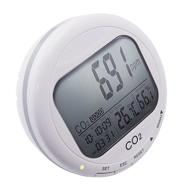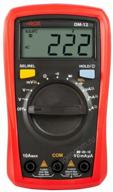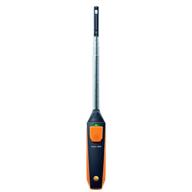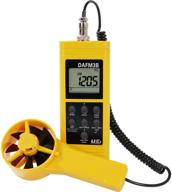
Review on Temperature Humidity Breakout Interface GY SHT31 D by Donald Phillips

Worked well for me in a short test. I compared it to the AdaFruit SHT31-D board.
I tested it very briefly with the AdaFruit SHT31-D breakout board. Both worked well reading measurements over I2C at 400 kbps and 1 Mbps. Both have 10 kΩ pull-up resistors. AdaFruit has an extra pin for a hard RESET, as well as a drop of protective "sticky" over the sensor chip. AdaFruit has all the screen printed labels on the top, this board has the AD and AL pins labeled on the bottom. Oddly enough, this board labels SCL and SDA as SCL/T and SDA/RH. (Maybe they'll make an analog version using the same board.) This board is about half the size of the AdaFruit board (but both are tiny). AdaFruit has a chart of this and other documentation on their website. I ran them simultaneously on the same I2C bus (on each board you can connect the ADR pin to Vin to use the chip's auxiliary I2C address) and I got slightly different readings. For example: sensor 1 humidity 59.69%, temperature 25.16 °C. (adafruit) Sensor 2 humidity 56.78%, temperature 25.58 °C. (this product) Summary: This board is inexpensive and works.
- High reliability and long term stability
- Not bad, but...
New products
Comments (0)
Top products in 🌡️ Temperature & Humidity
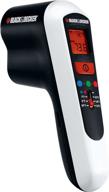
Discover Hidden Thermal Changes with BLACK+DECKER TLD100 Thermal Detector

8 Review
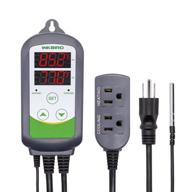
🌡️ Inkbird Max 1200W Temperature Controller: Optimal Control for Greenhouse Climate

8 Review

Enhance Detection Accuracy with Klein Tools ET140 Non Destructive Detection

8 Review

📏 General Tools MMD4E: Highly Accurate Moisture Meter with High, Medium, Low Measurements

8 Review


